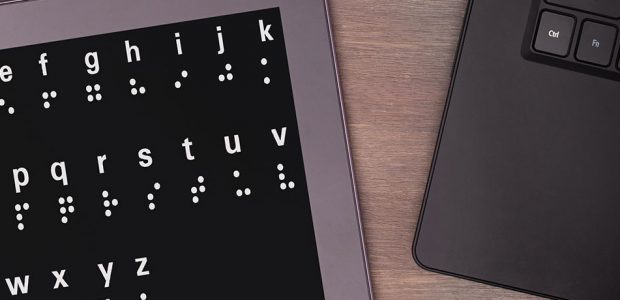Navigating the ever-shifting terrain of design and compliance, particularly in alignment with the Americans with Disabilities Act (ADA) standards, demands a nuanced approach. This landscape is marked by a continuous evolution, reflecting broader societal commitments to inclusivity and accessibility. The intersection of design and compliance is not just about adhering to regulations; it’s a dynamic dialogue between innovation and inclusivity, ensuring that environments, products, and services are accessible to all, regardless of ability.
Understanding ADA Standards
The ADA, established in 1990, set forth a groundbreaking framework aimed at eliminating discrimination against individuals with disabilities. It covers many areas, from employment, transportation, public accommodations, communications, and access to state and local government programs and services. For designers and architects, the ADA standards are a critical reference point for creating spaces and digital assets that are universally accessible.
The Essence of Inclusive Design
At the heart of inclusive design lies the principle that designing for those with disabilities results in innovations that benefit the broader population. This approach does not view ADA compliance as a checklist or an afterthought but integrates it from the outset. Inclusive design anticipates the diversity of users and their needs, ensuring that environments, products, and services are usable and enjoyable for everyone.
Digital Accessibility: A Growing Frontier
With the digital realm becoming an integral part of daily life, digital accessibility has come to the forefront. Websites, mobile applications, and digital platforms are under increasing scrutiny to ensure they meet ADA standards. This includes considerations for screen reader compatibility, keyboard navigation, and providing alternative text for images. Designing for digital accessibility expands the reach of services and information and enhances the user experience for a wider audience.
The Challenge of Keeping Up with Evolving Standards
ADA standards are not static; they evolve to reflect new understandings, technologies, and practices. This evolution poses a challenge for professionals in design and compliance. Staying informed about updates, interpreting how new guidelines affect existing and future projects, and implementing changes effectively requires a proactive and informed approach.
Strategies for Alignment
- Continuous Education: Keeping abreast of changes in ADA standards demands ongoing education. Professionals can engage in workshops, seminars, and online courses dedicated to accessibility.
- Collaboration: Designers, architects, and compliance officers can benefit from working closely with disability advocates and individuals with disabilities to gain insights into the user experience from diverse perspectives.
- Technology and Tools: Utilizing software and tools designed to evaluate accessibility can help identify potential issues early in the design process, facilitating a more integrated approach to compliance.
- Best Practices: Adopting best practices in accessible design from the outset of a project can streamline the process of meeting ADA standards. This includes considering accessibility in the initial design phase and integrating feedback from users with disabilities into iterative designs.
Legal Implications and Proactive Compliance in ADA Standards
The legal landscape surrounding ADA compliance is a critical reminder of the importance of adhering to accessibility guidelines. Failure to meet ADA standards can lead to significant legal challenges, including lawsuits and financial penalties, highlighting businesses’ and organizations need to embrace proactive compliance strategies. Conducting regular accessibility audits, implementing corrective actions swiftly, and establishing an ongoing monitoring process are essential steps in ensuring that services and environments remain accessible. By prioritizing accessibility, entities can avoid legal pitfalls and demonstrate their commitment to inclusivity and equal access for all individuals.
Fostering Collaboration for Enhanced Accessibility Solutions
Creating environments and digital platforms that are fully accessible requires a concerted effort across various disciplines. Architects, interior designers, digital creators, and compliance specialists must collaborate closely to address the multifaceted nature of accessibility challenges. This interdisciplinary approach ensures that physical and digital spaces are conceived inclusively, combining expertise from different fields to innovate and refine accessibility solutions. Such collaboration enhances the user experience for individuals with disabilities, making spaces more navigable, information more digestible, and interactions more engaging. By working together, teams can forge comprehensive accessibility strategies that meet and exceed ADA standards, setting new benchmarks for inclusivity.
The Future of Design and Compliance
As we look to the future, the intersection of design and compliance will likely continue to evolve, driven by technological benefits and a deeper understanding of the needs of individuals with disabilities. The focus will increasingly shift towards innovative solutions that meet compliance standards and push the boundaries of what is possible in creating inclusive, accessible environments and technologies.
The dialogue between design and compliance, underpinned by the ADA, is an ongoing journey towards a more inclusive society. It’s a testament to the power of design to shape experiences, transform lives, and foster a world where everyone has equal access to the built environment and digital spaces.


